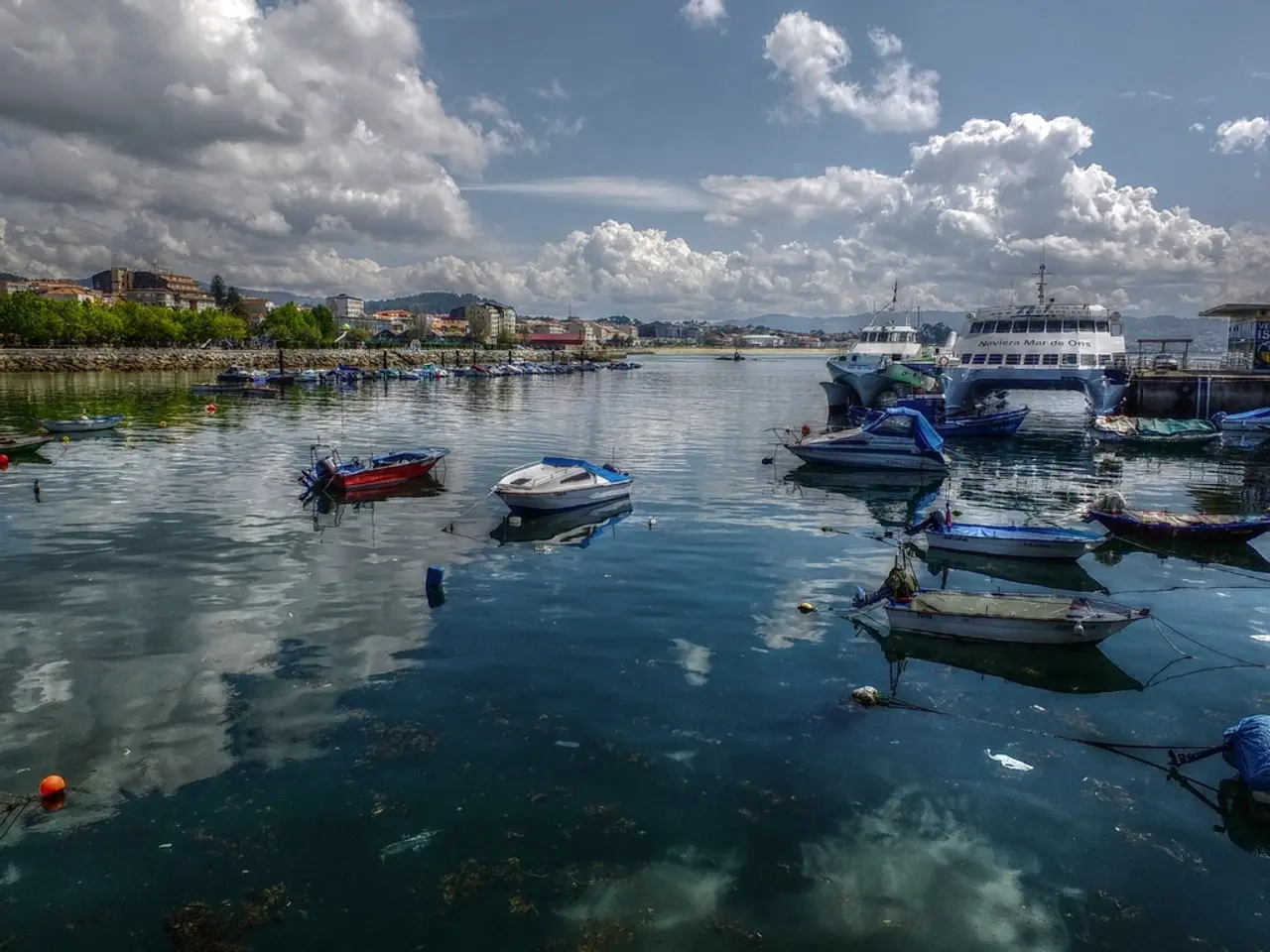Locating hiddden ships on the sea
In the vast expanse of our oceans, which cover 70% of the Earth and over 80% of the Southern Hemisphere, a revolution is taking place. This transformation is driven by the integration of satellite technology and artificial intelligence (AI), providing unprecedented coverage and detailed insights into global fishing activities.
In 1982, the United Nations extended the territorial waters of countries that border the sea from 12 nautical miles to 200 nautical miles. Since then, satellite data has played a crucial role in monitoring and regulating marine fishing, promoting sustainability, and combating illegal activities.
One of the key methods used is the combination of high-resolution optical imagery and AI. This technology enables authorities to detect, identify, and classify fishing vessels and their activities, even in remote or offshore regions. Satellites equipped with synthetic aperture radar (SAR) instruments, like those used by companies such as Xerra, have advantages over optical imagery as they are not blocked by clouds and do not require a vessel to be visible among the camouflaged background of waves.
AI-enhanced satellite monitoring systems provide vital data on the intensity and location of fishing effort. This data allows for analysis of compliance with fishing bans in marine protected areas (MPAs) and regulation of fishing fleets. Studies have revealed significantly reduced fishing effort in strictly protected MPAs, demonstrating the effectiveness of such zones and the ability of satellite data to confirm compliance with conservation measures.
Real-time satellite tracking supports enforcement by providing evidence of illegal fishing and enabling quicker response times, improving resource management. For instance, Xerra has been successful in detecting up to 100 dark vessels during a Pacific fishing surveillance operation. Dark vessels are those that do not want to be tracked and switch off their automatic identification system (AIS) systems.
The IMO requires all large ships to use an AIS, which transmits various information about the vessel, including its position, course of travel, and speed. More than 400,000 AIS devices broadcast their vessels' identities and locations annually. However, vessels that do not want to be tracked can become dark vessels, making it challenging to monitor their activities.
In addition to satellite tracking, other technologies are used in sustainable marine management, such as AI-powered onboard cameras, acoustic devices, and environmental DNA sampling. However, satellites remain critical for broad-scale, continuous ocean surveillance. The integration of vessel tracking data with environmental and socioeconomic variables further refines predictions of fishing effort and helps manage fisheries more responsibly.
The New Zealand Government, recognising the importance of sustainable fisheries management, introduced the Quota Management System in 1986. This system protects and manages fishing areas and fish stocks, requiring commercial fishers to have a permit and report on various aspects of their fishing activities. The New Zealand Space Agency, part of the Ministry of Business, Innovation and Employment, is the lead government agency for space policy, regulation, and sector development in New Zealand.
In conclusion, satellite data combined with AI and other monitoring technologies provide a powerful tool for enhancing transparency, enforcing regulations, preventing illegal fishing, and supporting sustainable fisheries management. However, the challenge remains in addressing the estimated NZ$36 billion annual cost of illegal and/or unregistered fishing vessels to the global economy. Interactive simulations like the "Build a satellite" activity, which allows users to build a satellite for gathering data on dark vessels in the Tasman Sea, are steps towards addressing this issue.
Technology in the realm of data-and-cloud-computing plays a significant role in leveraging satellite data for the management and sustainability of fisheries.
The integration of satellite technology with artificial intelligence, such as AI-enhanced satellite monitoring systems, provides crucial data on fishing activities, aiding in the enforcement of regulations and combating illegal fishing practices.




